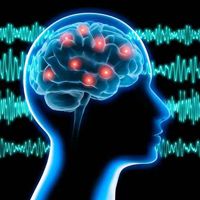New AAN Treatment Guidelines on Using Botulinum Toxin for Headache, Spasticity
The American Academy of Neurology (AAN) has released revised guidelines for using botulinum toxin to treat spasticity, cervical dystonia, blepharospasm, and migraine headache.

The American Academy of Neurology (AAN) has released revised guidelines for using botulinum toxin to treat spasticity, cervical dystonia, blepharospasm, and migraine headache.
For the first time since 2008, the researchers used data available for each condition for each of the FDA-approved formulations of botulinum toxin: serotype A, onabotulinumtoxinA, abobotulinumtoxinA, and incobotulinumtoxinA.
Guideline author David M. Simpson, MD, Icahn School of Medicine, Mount Sinai and co-author Mark Hallett, MD, Human Motor Control Section, National Institute of Neurological Disorders and Stroke, Bethesda, MD presented findings at the American Academy of Neurology’s 68th Annual Meeting in Vancouver, Canada.
Botulinum toxin specifically works to block the release of substances at nerve endings, which would cause reduced muscle contraction and less transmission of pain signals.
While four preparations of botulinum toxin are available in the US, they’re not interchangeable. Nevertheless, the guideline determined the safety and efficacy of botulinum toxin treatment.
Researchers highlighted one specific change between the older and revised guidelines is that in 2008 there weren’t enough evidence to justify the use of botulinum toxin for chronic migraine. However, now there are well-designed studies supporting the efficacy of onabotulinumtoxin A to reduce the incidences of migraine headaches.
There haven’t been many well-designed studies on blepharospasm, but the guideline states that onabotulinumtoxinA and incobotulinumtoxinA are likely effective and should be considered. AbobotulinumtoxinA is probably effective and may be considered.
The 2008 guidelines also covered other disorders such as essential tremor, hemifacial spasm, and disorders of the voice. For those other disorders, no new evidence was available at the time the guideline update was initiated that would change the conclusions, so they were not included in this update.